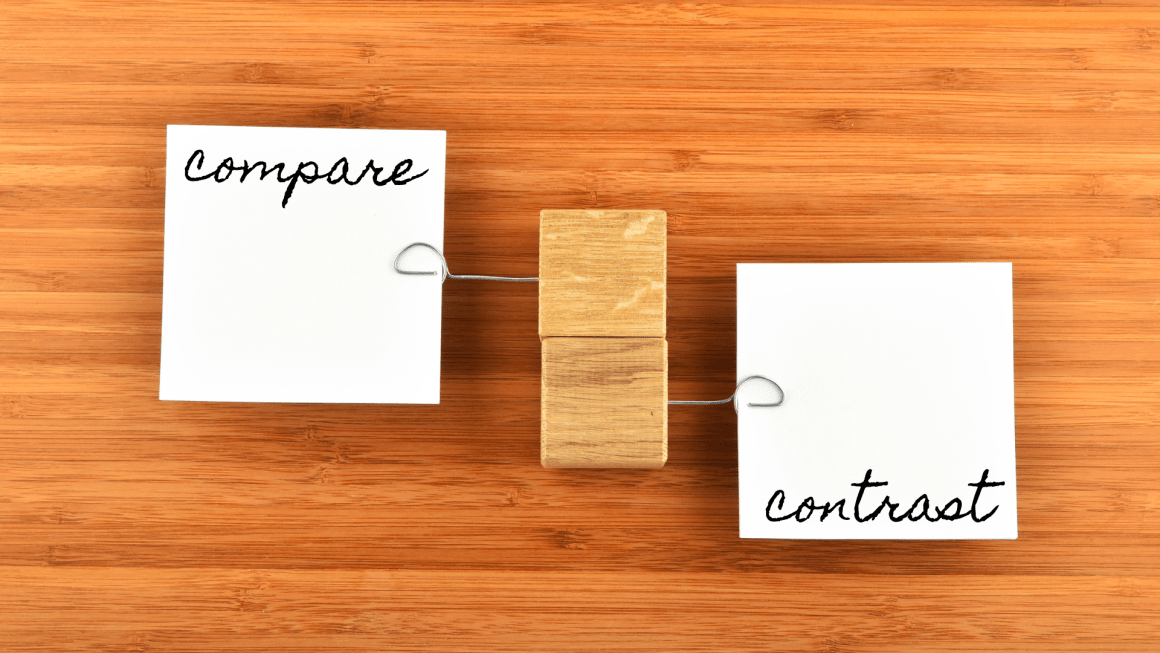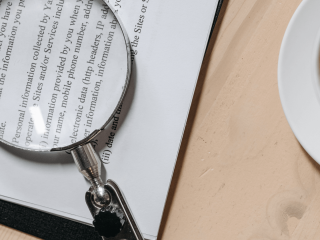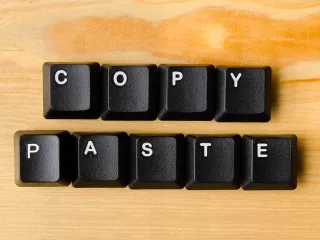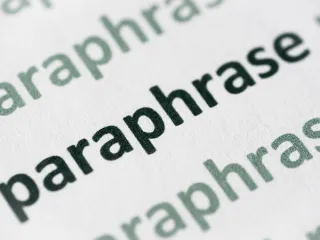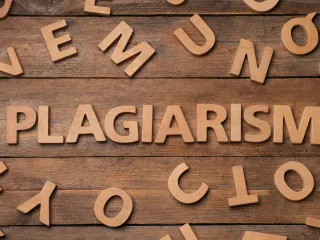Comparing Two Documents for Plagiarism: Everything You Need to Know
Even though students come to college understanding the consequences of plagiarism, professors still cover the topic, either with a brief lecture or write their plagiarism policy in the syllabus.
This is because plagiarism is tricky, so it is always critical for teachers to restate and clarify what qualifies as plagiarism. Most students can define plagiarism as copying work, or stealing ideas and playing it off as their own. Yet, still, it happens—intentionally or unintentionally.
Often times plagiarism happens accidentally because there is a lack of understanding of the consequences. It most frequently happens with paraphrasing and students’ and writers’ false beliefs that they do not need to cite their sources.
It is the teacher’s role to prevent plagiarism by providing a clear understanding and the consequences. It is also their responsibility to catch plagiarized papers.
Luckily, checking work for plagiarism doesn’t have to be a hassle. Teachers can easily use a free plagiarism checker like Quetext, which scans and compares papers across the World Wide Web.
We know you want your students to flourish into honest, successful individuals, so we will walk you through why and how to compare documents with a similarity checker or a more advanced plagiarism detection software.
Why to Compare Documents
When teachers receive student papers that appear to have duplicate content, concepts, vocabulary, phrasing, and other similarities indicating potential plagiarism, teachers should check for plagiarism by comparing the work with the suspected source.
To compare two texts for plagiarism, teachers can do this manually or with an online checker. To compare two essays for plagiarism manually, the process can be time-consuming. A teacher will suspect a student of plagiarism if their assignments are drastically different than the quality of work that the student typically submits. For example, if the paper appears to drastically exceed the student’s vocabulary level, that’s a fair indication of possible plagiarism.
When using a text comparison tool, teachers must first find the source, then cross-reference it with the student work to find matches in sentence structure, ideas, and style to confirm plagiarism. Many online text-compare websites can examine copied, similar, and paraphrased text by putting two documents against each other to generate comparison results. These websites frequently support text documents with different file formats like plain text, Word documents (docx), text files (txt), PDF files, and websites with HTML.
Comparing documents with an online tool is important when a teacher suspects, but isn’t sure, that two papers contain duplicate content.
How to Check Documents for Plagiarism
It’s important to remember that comparing documents isn’t the same as actually using a plagiarism checker. A text compare tool’s only purpose is to compare two documents for plagiarism by putting them side-by-side with the help of technology. In other words, they aren’t connected to the internet, so they won’t scour the internet for similar publications. Document comparisons simply scan the two pieces, check similarity, and flag similar content.
While both are valuable tools for teachers to check for plagiarism, plagiarism checkers typically make the process of checking simpler and faster. After all, it can be tedious to check for plagiarism with document comparison tools because it requires repetitive uploading or copying and pasting work two at a time. Additionally, if a comparison tool finds similarities, teachers must spend valuable time searching the internet for these articles through a lengthy copy-paste procedure.
Plagiarism checkers, on the other hand, can cross-analyze a student’s work across billions of web pages to find exact matches and similarities. Of course, various online checker tools can check for plagiarism, but QueText’s plagiarism detector goes a step further by offering advanced algorithms and technology. The checker cross-analyzes papers against billions of web pages with state-of-the-art DeepSearch technology, crafted behind over a decade of research, to generate an originality report of exact matches and similarities.
QueText’s plagiarism detector with advanced technology and algorithms makes it a superior plagiarism checker tool for teachers, professionals, and students.
Preventing Student Plagiarism
By providing adequate research and reference resources, and by explaining the consequences involved, teachers can help stop students from succumbing to plagiarism. Other ways to avoid plagiarism from happening are offering guidance with writer’s workshops and emphasizing academic honesty.
In addition, teachers who blatantly inform their students of their plagiarism detection methods typically find lower rates of student plagiarism. By making students aware, they are more likely to check their own work for proper citations before submitting their papers.
Teachers can also encourage students to use a plagiarism checker simply to ensure originality. QueText is a valuable tool for students as it’s free to use, offers citation generation to create citations where needed, and relieves stressors of potential accidental plagiarism.
The citation generator can automatically generate citations for the required writing styles, i.e., APA, MLA, and Chicago. Lastly, even with good intentions, accidental plagiarism happens, and the one way to avoid this is to use an advanced plagiarism checker to ensure it doesn’t happen to you.
Remember, it doesn’t matter if the plagiarized content was accidental, since the consequences remain the same. Accidental plagiarism happens and one way to avoid it is to submit your work through an advanced plagiarism checker.
Conclusion
In college, there’s a zero-tolerance policy for students who plagiarize. So, teachers need to eliminate the possibility of plagiarism early in students’ educational journey, so they don’t suffer the consequences later.
The last thing a teacher wants is for their former student to be kicked out of higher education because they plagiarized. While it’s the student’s responsibility to avoid plagiarism, it’s crucial to ingrain a wholehearted understanding of plagiarism and the consequences early on. For example, students should know that even re-submitting their own previously written work into a new piece without citing themselves can qualify as plagiarism.
QueText offers a teacher’s subscription to its plagiarism checker tool that can help enhance the way you teach your students. While many times teachers can quickly suspect plagiarism, QueText’s checker tool can confirm these suspicions better and faster than manual checking and comparing documents.
Since QueText offers advantages for teachers and students, teachers can ensure their students submit original work by having them run their papers through the plagiarism detector tool before submitting.

